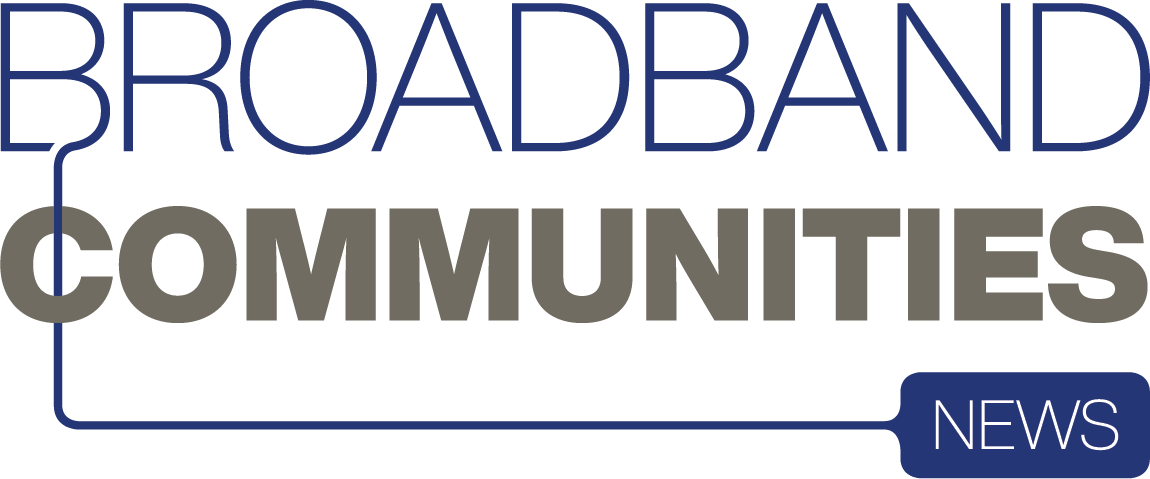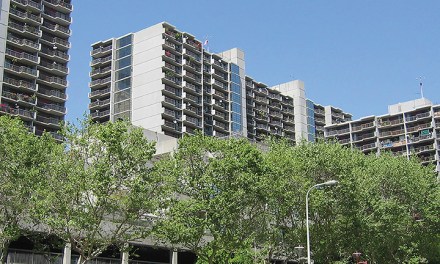Cable’s transition from analog RF to IP services is in progress, with potential disruptions and solutions for many environments. Service providers large and small are migrating to a digital ecosystem to utilize the existing RF spectrum best to deliver continually higher broadband speeds over time while still providing the video services customers have come to expect and rely upon. Technologies such as DOCSIS 3.1 and 4.0 have primed the pump for an IP-based world.
Service continuity in the IP transition is critical in the multiple-dwelling-unit (MDU) community and other businesses, such as hotels, hospitals, sports venues, etc. The transition to any new technology should always add features, not remove them.
Incorporating and keeping local content in the local cable service, such as information channels and live video feeds from on-site sources such as the lobby camera to see who is ringing the doorbell, is critical for safety and the daily operations of facilities across many fields.
Unique MDU Needs
Historically, providing the ability to insert local video feeds as a part of an MDU cable agreement has been part and parcel of a cable provider’s responsibility in exchange for providing services to an entire property. Property management wants one or more local feeds incorporated into a building’s overall service, with the cable provider supporting lobby cameras and other applications that provide information to tenants.
Service providers might view local feeds into MDU cable delivery as a necessary burden, which doesn’t generate money through advertising because the building operator provides local feeds. Because local feeds aren’t a revenue source but are essentially overhead, associated service problems tend to get placed low on the repair list compared with an individual or building customer outage. In addition, each MDU arrangement is unique, resulting in dozens or more locations where a service provider must provision hardware and bandwidth to support local feed ingestion and delivery.
Provision of local feeds in dedicated video quadrature amplitude modulation (QAM) format also consumes precious RF spectrum, all the more valuable in a post-pandemic, work-from-home environment when consumers and businesses alike want more upstream bandwidth for videoconferencing and other real-time communications applications.
All-Digital IP Transition
Transitioning to an all-digital IP environment for the MDU world provides advantages to cable providers, property managers, and customers. It also gives a more straightforward setup at an MDU site. A smaller, next-generation solution can now support existing analog QAM and IP-based environments, so a cable provider can standardize on one channel insertion platform and gradually migrate users within an MDU from QAM RF-only set-tops to IP-capable set-tops and clients.
For local feeds, an on-site, premise-located edge encoder is paired with a low-latency software server hosted within an MSO’s data center or the public cloud. It can even be operated by larger customers in-house, allowing flexibility, depending on the size of the business and the needs of the cable provider. This IP-by-design architecture takes up less physical space and consumes less power than traditional RF solutions.
Communication between the edge encoder and the origin server is optimized to conserve upstream bandwidth and eliminate delays that will impact the timing and quality of local content. Converting video to IP enables modern video compression codecs to free up bandwidth, providing superior video quality and the ability to deliver video and live feeds to multiple devices. IP-based meals have the advantage of being consumable on various end clients – such as mobile apps and computers – so they can be accessed anywhere within a household or business through local Wi-Fi or cellular internet connectivity, in addition to being available as part of the traditional cable lineup on premises TVs.
For MSOs, hosting IP video streams on a server in the data center provides substantial flexibility. It aligns with the more significant trend of network function virtualization by replacing dedicated hardware with commercial off-the-shelf (COTS) servers that can handle multiple MDU customers simultaneously, simplifying data center operations. Alternatively, an MSO can choose to have the service run outside its data center by a third party, contracting out the responsibility to save money and freeing up engineering to focus on other duties.
The MSO transition from video QAM to IP may sound daunting to property owners and building managers. Still, there are solutions available to ensure that local feeds not only remain once the transition to IP-based service is done but become more accessible for users to access through phones, tablets and PCs. And MSOs benefit from simplifying feed insertion with low-cost, small-footprint equipment and COTS-based data center equipment that can handle multiple MDUs on a single server.
Linas Underys is the vice president of media gateway products at ATX Networks.
 Linas Underys
Linas Underys














